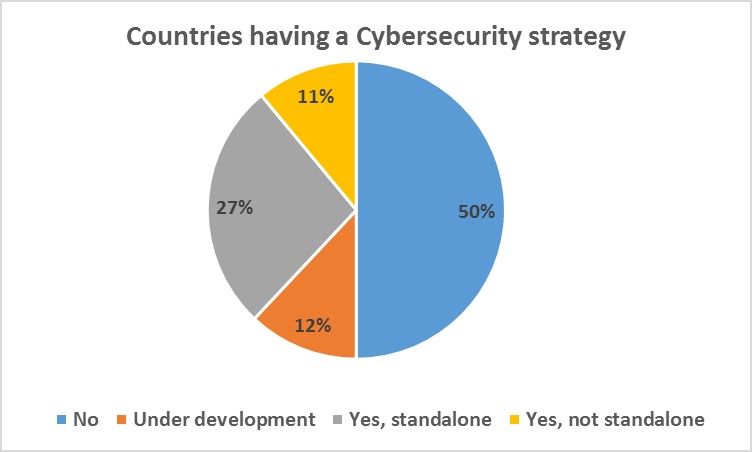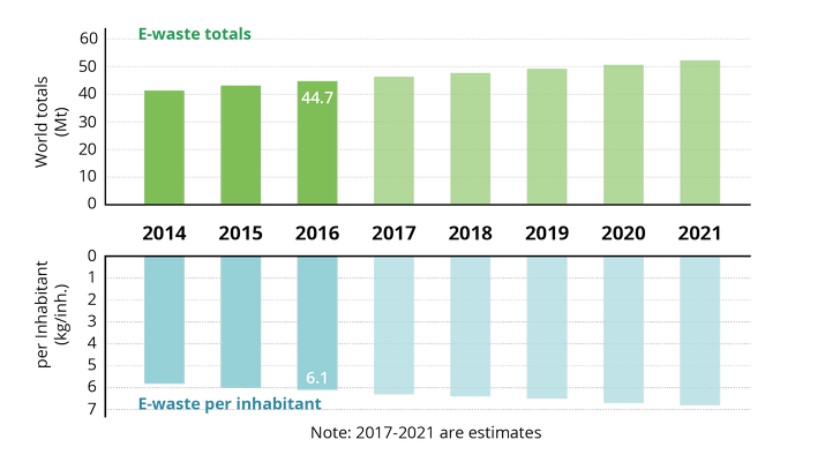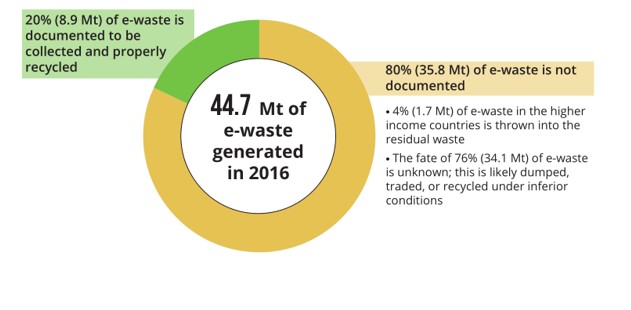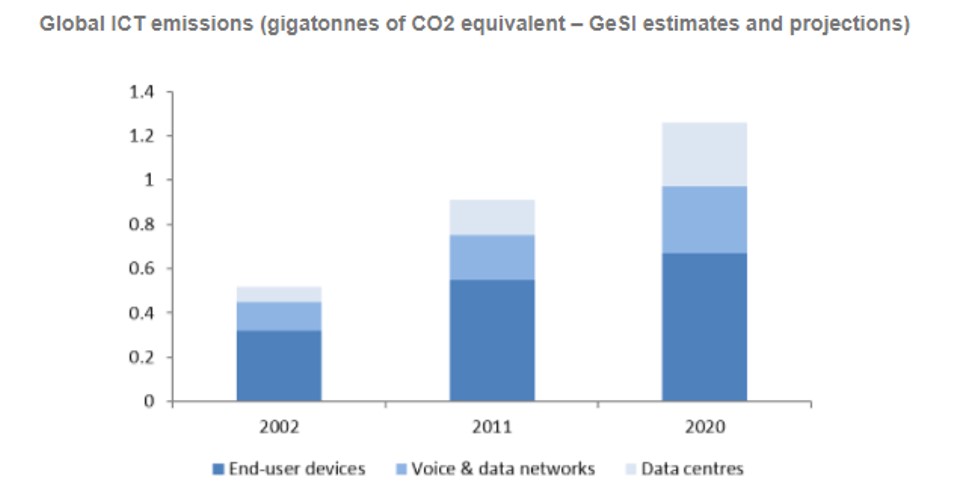Managing challenges resulting from ICT development
| Target 3.1: Cybersecurity readiness should be improved by 40 per cent by 2020. |
| Target 3.2: Volume of redundant e-waste to be reduced by 50 per cent by 2020 |
| Target 3.3: Greenhouse gas emissions generated by the telecommunication/ICT sector to be decreased per device by 30 per cent by 2020 |
Target 3.1: Cybersecurity readiness should be improved by 40 per cent by 2020
ITU has formed a partnership to bring together other parties involved in measuring cybersecurity. To measure improvement in cybersecurity using the Connect 2020 Agenda, ITU proposes to combine the Global Cybersecurity Index (GCI) results with key indicators of cybersecurity vision and capabilities at the country level: the existence of a national cybersecurity strategy and a national Computer Incident Response Team (CIRT). By combining the growth in the average GCI scores with the growth in the number of national cybersecurity strategies and national CIRTs, it will be possible to determine whether the 40% improvement target in cybersecurity between 2014 and 2020 has been achieved.
 |  |
Target 3.2: Volume of redundant e-waste to be reduced by 50 per cent by 2020
 |  |
ITU, together with the UNEP Basel Convention, United Nations Industrial Development Organization (UNIDO), UNU and ITU membership, has been developing a roadmap for implementing Target 3.2, which aims to establish a policy and regulatory and technical framework to steer production, handling, growth, and innovation in the ICT sector in a sustainable direction.
It was ascertained in quantified terms that in 2016 only 8.9 Megatonnes of e-waste (20% of the total) were documented as having been properly recycled, whereas 35.8 Megatonnes (80%) were not. In 2014, only 44% of the global population was covered by national e-waste legislation. By 2017, the proportion had risen to 66%..
Target 3.3: Greenhouse gas emissions generated by the telecommunication/ICT sector to be decreased per device by 30% by 2020
Together with its Sector Members and industry associations, ITU is developing a roadmap to address the challenges arising from these developments and the greenhouse gas (GHG) emissions associated with them. ITU-T Study Group 5 is working on a roadmap for GHG emissions reduction. Although global figures are not available, it is expected that this target may have been achieved as a result of the widespread adoption of mobile devices with significantly lower energy footprints.
It is estimated that by 2030, digitally enabled technology could help prevent up to 12.1 Gigatonnes of CO2 equivalent emissions, compared to the “business as usual” scenario.

Source: UNCTAD (2015), derived from GeSI (2011)